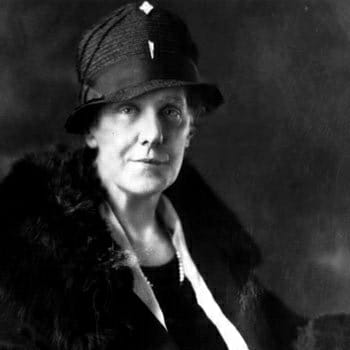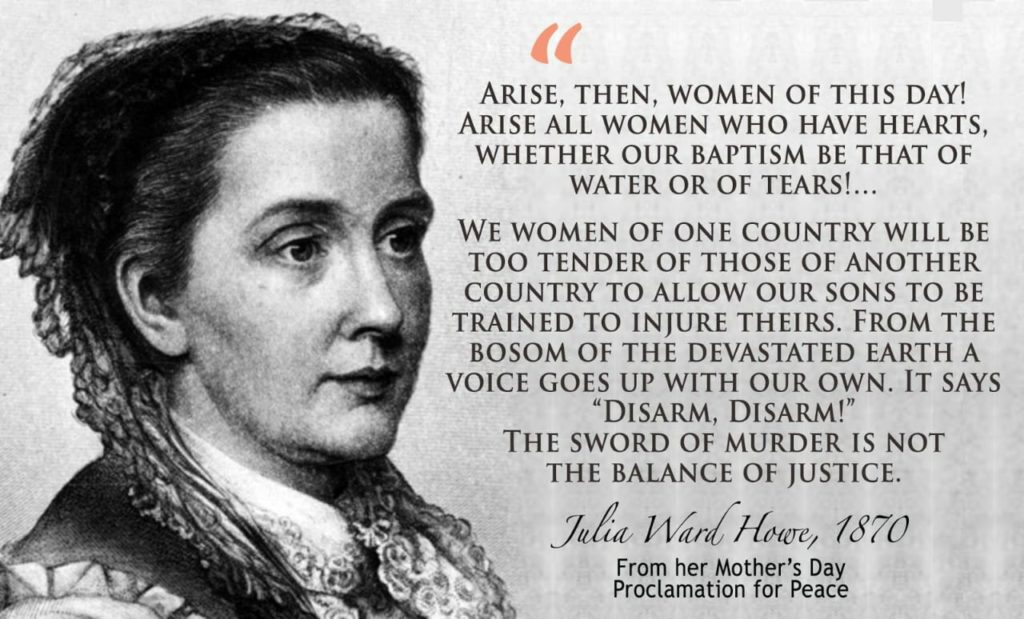In the contemporary world, many countries celebrate Mother’s Day on the second Sunday of May. The culture of celebrating this day began from America when Anna Jarvis decided to honour the humanistic contributions made by her mother Ann Mary Jarvis. Anna’s mother was an American nurse during the time of the American Civil War. Professionally, she was neutral and took care of the wounded soldiers of both the camps fighting with one another during the wartime. She even organized Mother’s Picnic Day and invited mothers who had lost their beloved sons in the war. Ann Mary was against the war and fought for peace and unity. Finally, the American government under President Woodrow Wilson declared second Sunday of May as Mother’s Day and made it an annual holiday.
Today more than 50 countries across the world celebrate this day as Mother’s Day. The emotion and passion attached to this celebration are immense as compared to Father’s Day which is celebrated in the month of June. After Christmas and Valentine’s Day, Mother’s Day greeting cards sell third highest in the world. According to Sarita Srivastava, a sociologist from Queen’s University, Ontario, “Americans spend over the US $ 23 billion on Mother’s Day, an average of about US $ 200 per family and the US $ 2.5 billion on greetings cards alone.” The commercialization of Mothers Day in the capitalist markets did sadden Anna Jarvis as she wanted the day to be made special for honouring the good spirit of Ann, Maa, Ama and mothers and not for conspicuous consumerism to heighten capitalism.

Thorstein Veblen, an American sociologist quite popular during the time of Woodrow Wilson was critical of the leisure class (which is closely tied to business) for its role in fostering wasteful consumption. In his book The Theory of the Leisure Class, he argues that in order to impress the rest of the society, the leisure class engages in both “conspicuous leisure” (the non-productive use of time) and “conspicuous consumption” (spending more money on goods than they are worth). People of the other social classes are influenced by this example and seek, directly or indirectly, to emulate or imitate the leisure class. The consequence is a society characterized by a waste of time and money. The book focuses on the patterns of production and consumption. If applied to our Indian scene then the level of consumption is very high as compared to the level of production.
The culture of “conspicuous consumption” has also penetrated into the peripheral regions of the Indian state. This kind of cultural lifestyle encourages us to give more emphasis only on consumption and non-productive activities. However, the interesting fact is that somehow or the other, every individual is a productive agent. On the grounds that fish should not be tested for its creative nature by asking it to climb a tree. The promotion of “culture of consumption” in the guise of Mother’s Day celebration has been rapidly increasing over the years. Simply giving or receiving gifts, cards, chocolates and other things on this particular day does not guarantee the empowerment of women or mothers rather it encourages the culture of consumption more than the true revering of mothers.
The pandemic lockdown has proved that individuals are creative. An example from the Eastern Himalayan towns of Gangtok and Darjeeling, during this period the local people are showcasing their talents in social media like Facebook and Youtube. The little girls are learning to draw and paint from YouTube. Ladies are watching and learning the art of cake baking and other cookeries. The teachers, professionals, artists from different backgrounds are sharing their experiences, entertaining the people and motivating them during the tough and tiring times. The local populace is proving that we too can be creative people and producers and not just consumers all the time or engage in conspicuous consumerism.

A gift for mother on Mother’s Day this year can be a simple traditional bow, Dhog (a common form of greeting the elders by bowing the head down among the Nepalis) or Chey (among the Tamang, Lamas and other Buddhist communities), singing a special song for mother, making a paper card for her, painting for her, or giving a flower or plant or baking cake at home for her would help us celebrate the day of honouring mothers in real terms and in spirit. Something which Anna Jarvis had anticipated almost a century ago, thanking and respecting the mothers from heart, free from the economically driven forces of capitalism and commercialization.
In a way of closing the discussion, Karl Marx is irresistible. One of the major points of Marxist theory is that labour becomes a commodity under capitalism. The “commodifying of labour” in capitalism enables men for earning livelihood for himself and his family. Capitalism is defined by its growing dependence on wage labour however it should also be kept in mind that the man’s paid labour still depends heavily on the unpaid labour of women. Women are engaged in all the important points of man’s life from their private to the public sphere, involvement in procreation, child-rearing, the unpaid invisible domestic work and the production of knowledge. Thus, capitalism too is at the mercy of women as the very system intangibly depends upon the unpaid production of women as homemakers and mothers.
In the end, it is to be noted that Anna Jarvis who fought for making Mothers Day a day to remember and revere mothers did not have any children. Soon, after her mother’s death, Anna organized a memorial at her mother’s church in Grafton, West Virginia. In the service, she passed out 500 white carnations (her mother’s favourite flower) to all the mothers in attendance. This particular flower was chosen because carnation does not drop its petals, but hugs them to its heart as it dies, and so, too, mothers hug their children to their hearts, their mother love never dying,” Jarvis had told in 1927 interview. The wearing of a white carnation, Ann Jarvis’ favourite flower, became a tradition. Here’s a salute for Anna Jarvis for being the Mother of Mother’s Day. Heartiest Mother’s Day wishes to all the Mothers across the world!
Writes: Dr Animesh Rai and Ms Dipika Lama. The writers are assistant professors in the Department of Sociology and Defence Studies respectively at Sudhiranjan Lahiri Mahavidyalaya under Kalyani University, West Bengal.


Be the first to comment on "Anna Jarvis: The Mother of Mother’s Day"